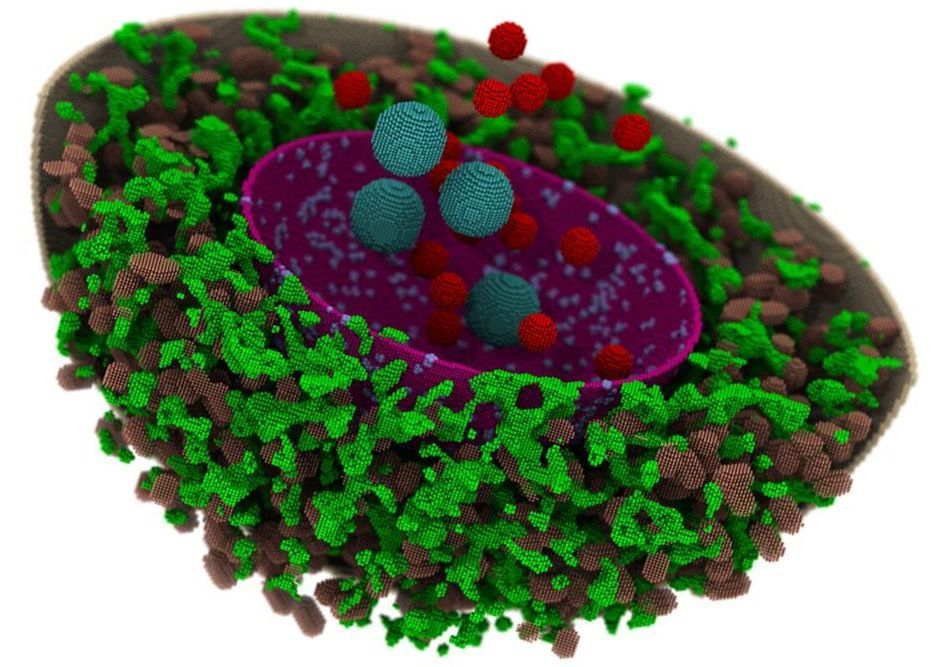Researchers have developed the first computational model of a human cell and simulated its behavior for 15 minutes—the longest time achieved for a biological system of this complexity. In a new study, simulations reveal the effects of spatial organization within cells on some of the genetic processes that control the regulation and development of human traits and some human diseases.
The study, which produced a new computational platform that is available to any researcher, is published in the journal PLOS Computational Biology.
“This is the first program that allows researchers to set up a virtual human cell and change chemical reactions and geometries to observe cellular processes in real time,” said Zhaleh Ghaemi, a research scientist at the University of Illinois at Urbana-Champaign and lead author of the study.










Comments are closed.